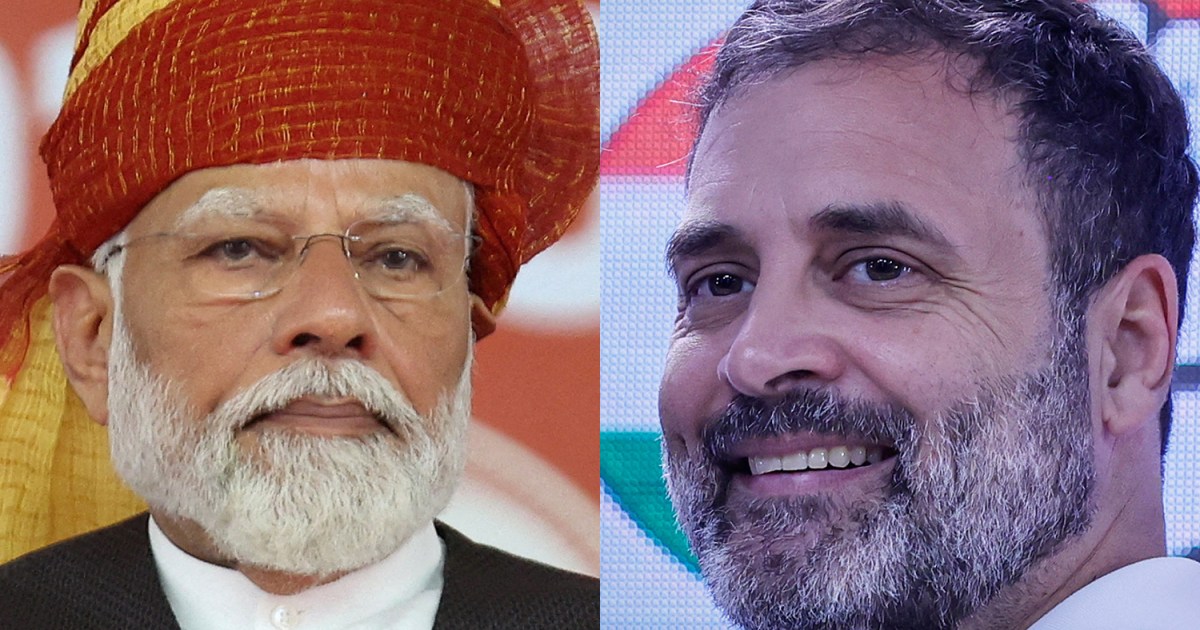
India's Lok Sabha elections concluded on June 1 after seven rounds of voting over a period of 44 days. An estimated 969 million people were registered to vote in the elections for India's lower house of Parliament, with votes being counted on Tuesday, June 4. At stake were 543 seats in the Lok Sabha. The Electronic Voting Machines (EVMs) used in the elections consist of a control unit and a balloting unit that are connected through a cable. Voters register their votes by pressing the blue button next to their candidate of choice on the balloting unit, and a beep sound goes off on the control unit. After voting ends, EVMs are sealed and stored in strongrooms. On counting day, they are taken out and unsealed in the presence of representatives from all participating political parties. Vote counting begins with the return officer (RO) counting votes through postal ballots, followed by the count of EVM votes starting 30 minutes later. The Voter Verifiable Paper Audit Trail (VVPAT) system was introduced in 2013 to build voters' confidence in the EVMs. It generates a corresponding paper slip after a voter casts their vote, which is visible for seven seconds and then falls into a drop box. The Supreme Court of India has directed the Election Commission of India (ECI) to match VVPAT slips from five randomly selected assembly segments with results from respective EVMs. Initial trends and subsequent results started coming in soon after counting began, with the final results likely to be announced on the night of June 4 or the morning of June 5. The ECI will publish the results on its website, and various news outlets including Al Jazeera will bring live updates.


